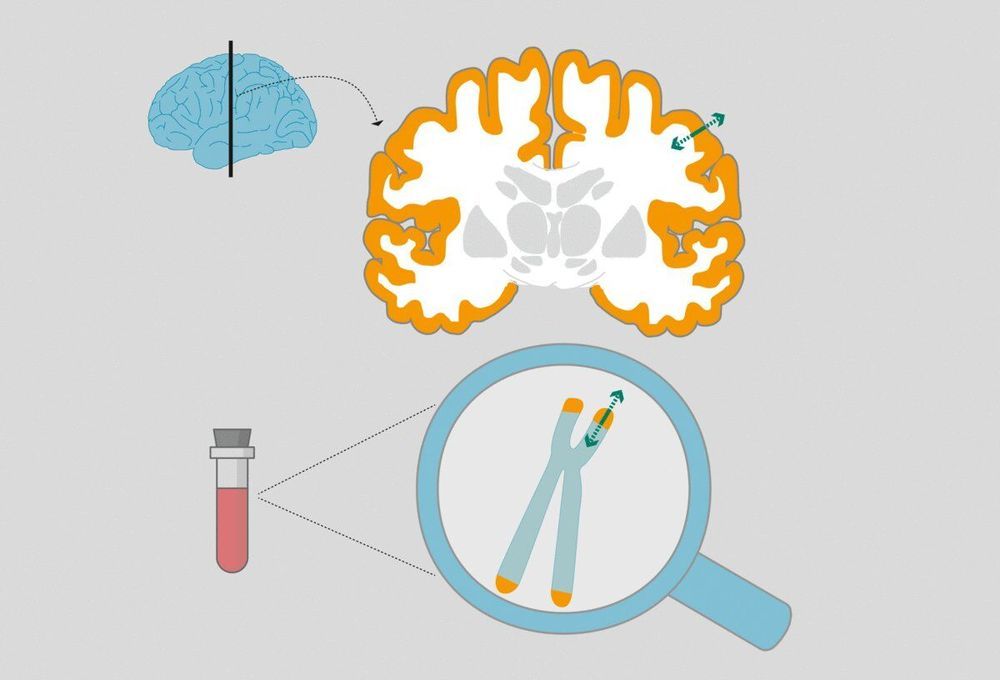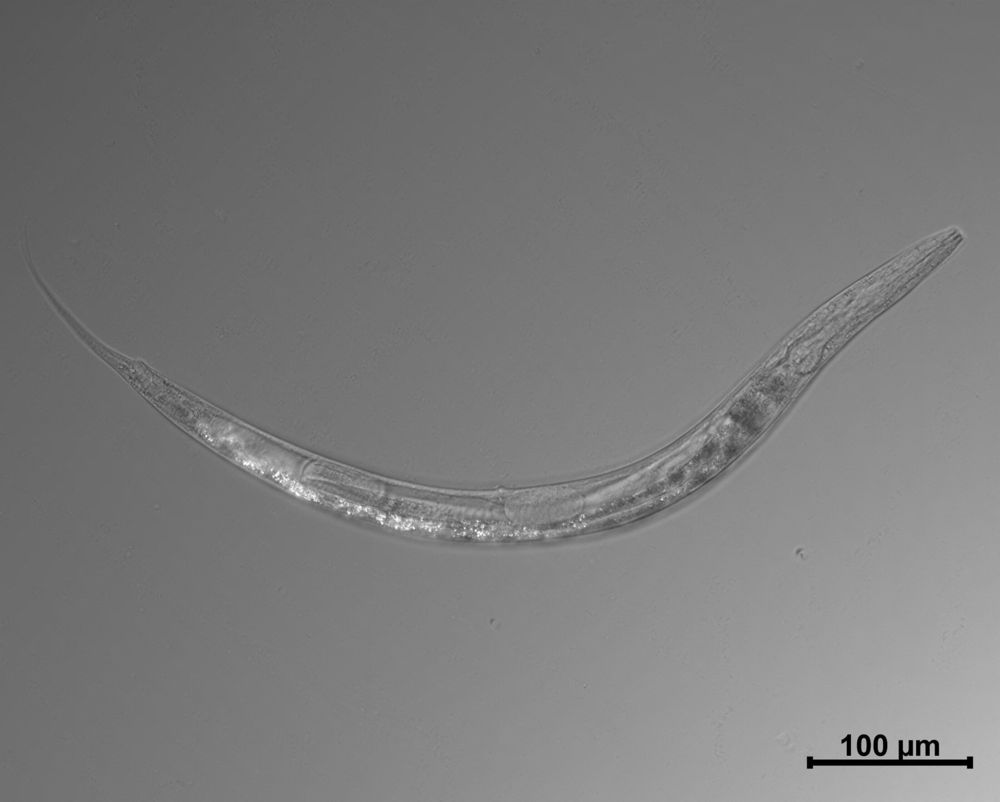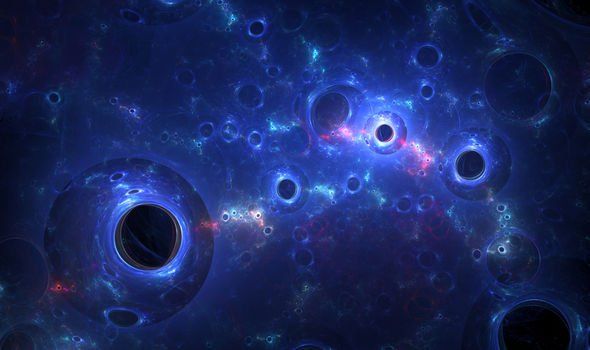Sep 26, 2019
Leonard Susskind: Quantum Mechanics, String Theory and Black Holes
Posted by Paul Battista in categories: cosmology, quantum physics, robotics/AI
https://www.youtube.com/watch?v=s78hvV3QLUE
Leonard Susskind is a professor of theoretical physics at Stanford University, and founding director of the Stanford Institute for Theoretical Physics. He is widely regarded as one of the fathers of string theory and in general as one of the greatest physicists of our time both as a researcher and an educator. This conversation is part of the Artificial Intelligence podcast.
INFO:
Podcast website:
https://lexfridman.com/ai
iTunes:
https://apple.co/2lwqZIr
Spotify:
https://spoti.fi/2nEwCF8
RSS:
https://lexfridman.com/category/ai/feed/
Full episodes playlist:
Clips playlist:
Continue reading “Leonard Susskind: Quantum Mechanics, String Theory and Black Holes” »


















